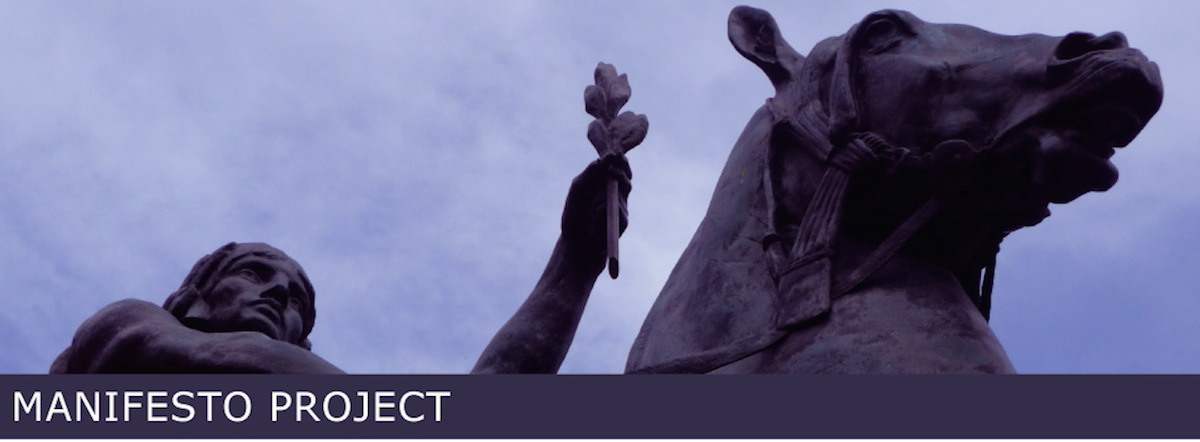Creator
Don Miguel Ruis is the author of The Four Agreements: A Practical Guide to Personal Freedom. This book has sold more than 8 million copies in the US and has been translated into 46 languages worldwide.
Purpose
Based on ancient Toltec wisdom, the Four Agreements offers a code of conduct to help you transform your life and bring happiness and love. These agreements are the ones we make with ourselves, with others, with God and with life itself.

Manifesto
1 Be impeccable with your word
The most important and most difficult agreement to honor – Choose your words carefully and be responsible for what you say.
2 Don’t take anything personally
This agreement helps to limit the impact of hurtful treatment by others in life.
3 Don’t make assumptions
Instead of assuming what you belief, ask questions to avoid suffering.
4 Always do your best
Bring the first three agreements together to live to your full potential.
Source
https://www.miguelruiz.com/the-four-agreements
https://en.wikipedia.org/wiki/The_Four_Agreements
Comment
I love the simplicity of this – four agreements – four simple things to do each and every moment of each and every day.
The great challenge with simplicity is that it takes time and effort to distill your idea down to its core principles.
As Mark Twain once said: ”If you want me to speak for an hour, I am ready today. If you want me to speak for just a few minutes, it will take me a few weeks to prepare.”
Worth the effort!
Also, notice the word ‘agreement’. These are not laws, rules, guides, commandments, principles or pillars.
What you call your manifesto is crucial – it sets the tone and flavour for how to relate to it.
In this case, ‘agreements’ is totally consistent with a manifesto with the intent of promoting ‘personal freedom’.
It says, ‘you are free to agree to this, or not’. It just wouldn’t work or have the same meaning if they were commandments.
More
Yvonne Collier – Manifesto for Life




